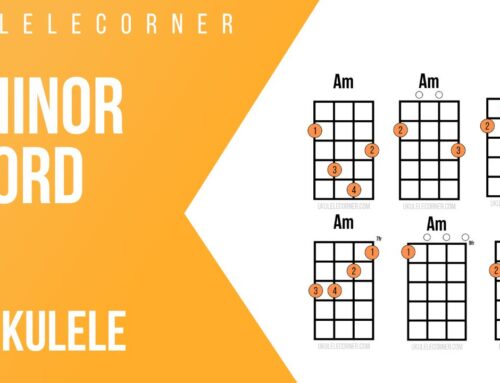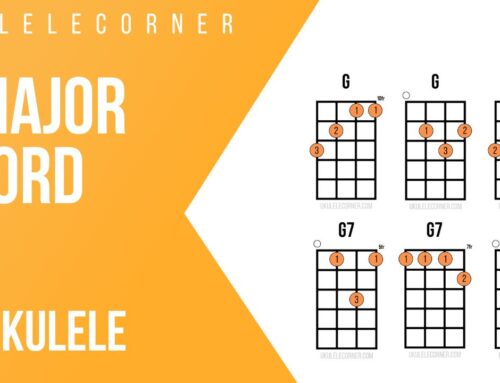Do you ever find it hard to play songs that have lots of 8th notes, 16th notes, or triplets? A great way to get a handle on keeping the flow of the music going while playing all those divisions of each beat is to subdivide and count more than just the down beats. Let’s delve deeper into subdivision on ukulele.
8th-note subdivision
For example, if you are playing a song with lots of 8th notes,
count:
1 & 2 & 3 & 4 &
This will help you clearly divide each beat into two parts to play those 8ths notes at the right time. Practice picking a rhythm and counting aloud while clapping before playing the notes on the ukulele. How about upbeats:
(1) & (2) & (3) & (4) &
Don’t clap on the downbeats but count them out loud.
Bossa Nova subdivision
How about this much more involved Bossa Nova groove:
1 (&) 2 (&) (3) & (4) & | (1) & (2) & 3 (&) 4 (&)
Here you clap on beats 1, 2, & of 3 and 4 in bar one and the & of 1 and 2 and beats 3 and 4 in bar 2. Counting those subdivisions will really help you! Try strumming once you got it. How about a progression of F, G7, Gm, C7, back to F:
F | F | G7 | G7 | Gm | C7 | F | C7 :||
This is used with chord extensions and variations in Antonio Carlos Jobim songs including the Girl From Ipanema, So Danco Samba, and Desafinado.
Triplet subdivision
For triplet rhythms which will divide each beat into three equal parts try pronouncing three syllables as you count: Tri-Po-Let
Now try clapping on each of the three syllables while steadily counting in 4/4 time. If each of the eight notes is counted as a beat this can become what is called 12/8 time which feels like 4 beats each divided into three. Apply this to strumming or playing individual notes once you can clap the rhythms. Swing rhythm, which is the heartbeat of Jazz, divides beats with this triplet feel—even 8th notes become the first then the last of the three: Tri-(Po)-Let.
Try this by clapping on the 1st and 3rd notes of the triplet with 4 counts. You’ll be swinging in no time!
16th-note subdivision
Finally, 16th notes can be counted: 1 e & a 2 e & a 3 e & a 4 e & a
I know that looks like a mouthful but is actually not hard to count rapidly which is often required when counting four divisions of each beat. Try just counting this at various speeds then try clapping out a few rhythms:
- 1 (e) & a . . . .
- 1 e & (a) . . . .
- 1 (e) (&) a . . .
- 1 e (&) a . . .
If you mix these possible divisions you can come up with some great 16th-note patterns. This will really help you understand rhythm, timing, and counting. Starting away from the ukulele first then applying the concepts to strumming or fingerstyle will help you to get a firm grasp on counting. You can set your metronome to various subdivisions to help with these exercises. I recommend the Pro Metronome smartphone app.
Have fun and happy subdividing!
Aloha,
Jeff Peterson




Leave A Comment